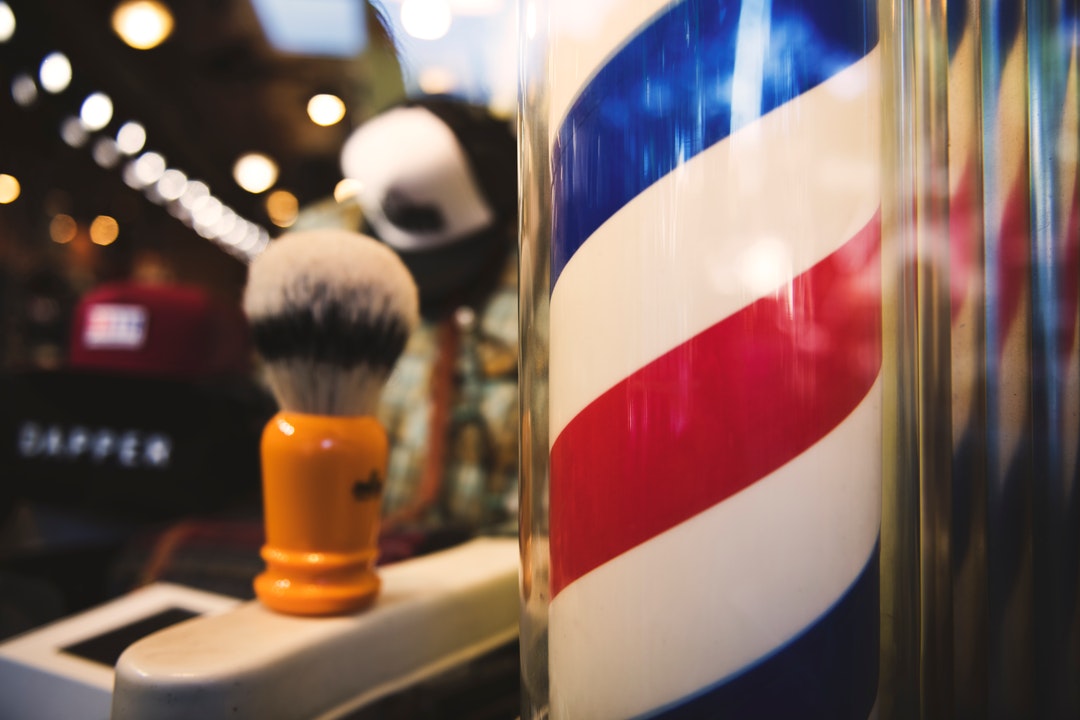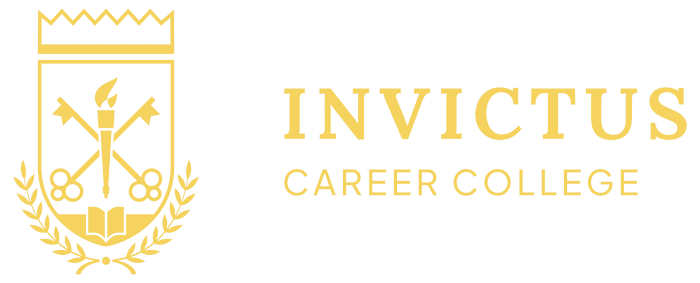
Ever wonder why barber poles have red and white stripes? It’s not just because red is an attention-getting hue. You see, centuries ago, barbers didn’t just cut hair, they also performed minor medical procedures. One of the most common reasons people went to the barber was for bloodletting.
This gruesome practice was considered an effective remedy for ailments such as tuberculosis, diabetes, smallpox, cancer, cholera, scurvy, and even heartbreak. Afterward, the barber would use white bandages to stanch the patient’s bleeding; hence the red and white motif that is still associated with barbershops today.
Thankfully, bloodletting is no longer performed at all, and barbers do not practice medicine of any type. Are you considering becoming a barber? Read on to learn what to expect when you enroll in barber school!
Barber School and Cosmetology School: What’s the Difference?
Barbers and stylists are similar, but there are some differences, and therefore the education and training differ too. Generally speaking, barbers’ clients are men while anyone can go to a stylist.
In addition to cutting hair, stylists also offer coloring, blowouts, and extensions. They also style hair for special occasions like weddings, proms, or black-tie affairs. One service they don’t provide? Shaving their clients with an old-fashioned straight razor!
It makes sense, therefore, that education for each of these career paths will focus on different skills.
Licensure and Certifications
Every state has its own requirements when it comes to barber licenses and certifications, so before you start barber school, you may want to find out how difficult it is to become a barber where you live. Most schools will require classroom coursework as well as hands-on training or an apprenticeship. You may also have to pass one or more exams in order to get licensed. Of course, the more education you have — especially when it is a practicum or apprenticeship — the better barber you will be from the get-go.
In addition, a barber who plans on opening a barbershop in the not-too-distant future may find it useful to take business courses. Once you have passed your exams and become a bona fide barber, there are opportunities for additional professional development and master-level certification.
Additional Services That Some Barbers Provide
When you think of a barber shop, you probably envision an old-fashioned community hub, a place where men can get a trim or get rid of their stubble while also talking sports or politics, catching up on local news, or even sharing confidences. But many modern barbershops are becoming a lot like salons. They may offer color services, braiding, facials, weaves, manicures and pedicures, or massage.
What You Will Learn In Barber School
The curricula at barber schools are probably broader than you might expect. Barber students learn a lot more than just how to cut a high-and-tight or buzz cut. Some subjects you may learn include:
- Chemistry and other sciences
- Anatomy of the head, neck, and face
- Best practices regarding hygiene and sanitation
- Wig services
- Weaves and braiding
- Facial services
- The finer elements of grooming facial hair
Again, the exact courses you will take depend on what the barber school offers, what licensure is required in your state, and the specific program that you enroll in.
Shave and a Haircut, Two Bits
Interested in becoming a barber? With men’s facial hair enjoying a resurgence in popularity these days, it’s a smart career choice. And of course men will always need to have their hair cut — unless they’re bald, that is!
If you want to learn more about pursuing a vocation as a barber, get in touch!



